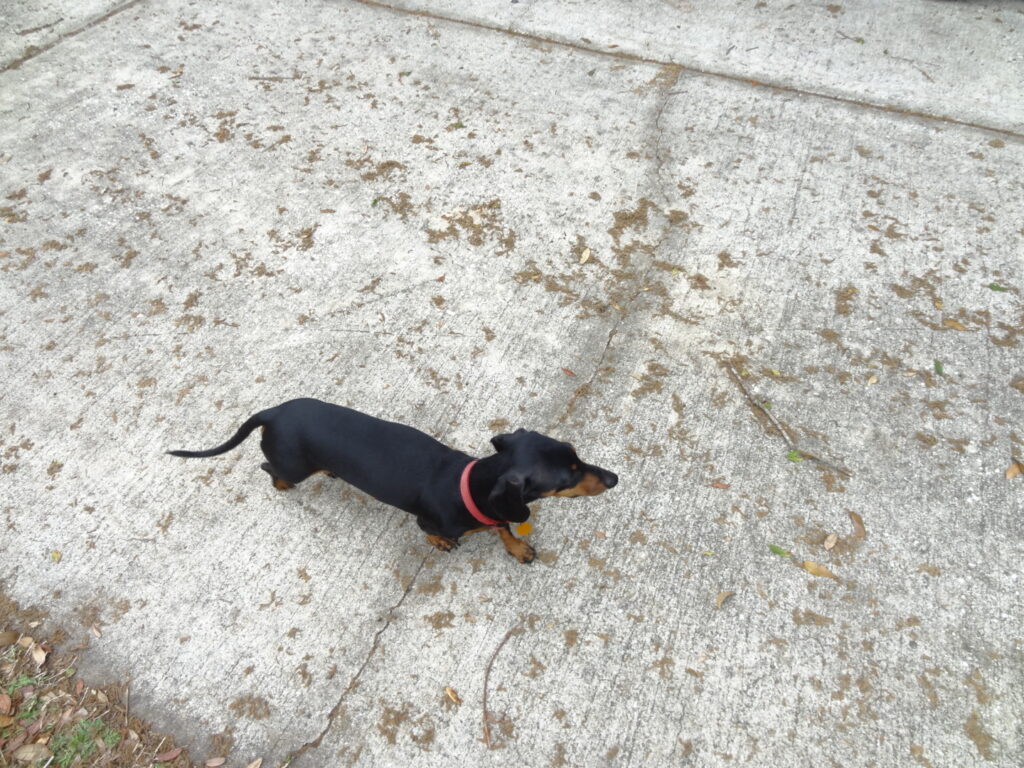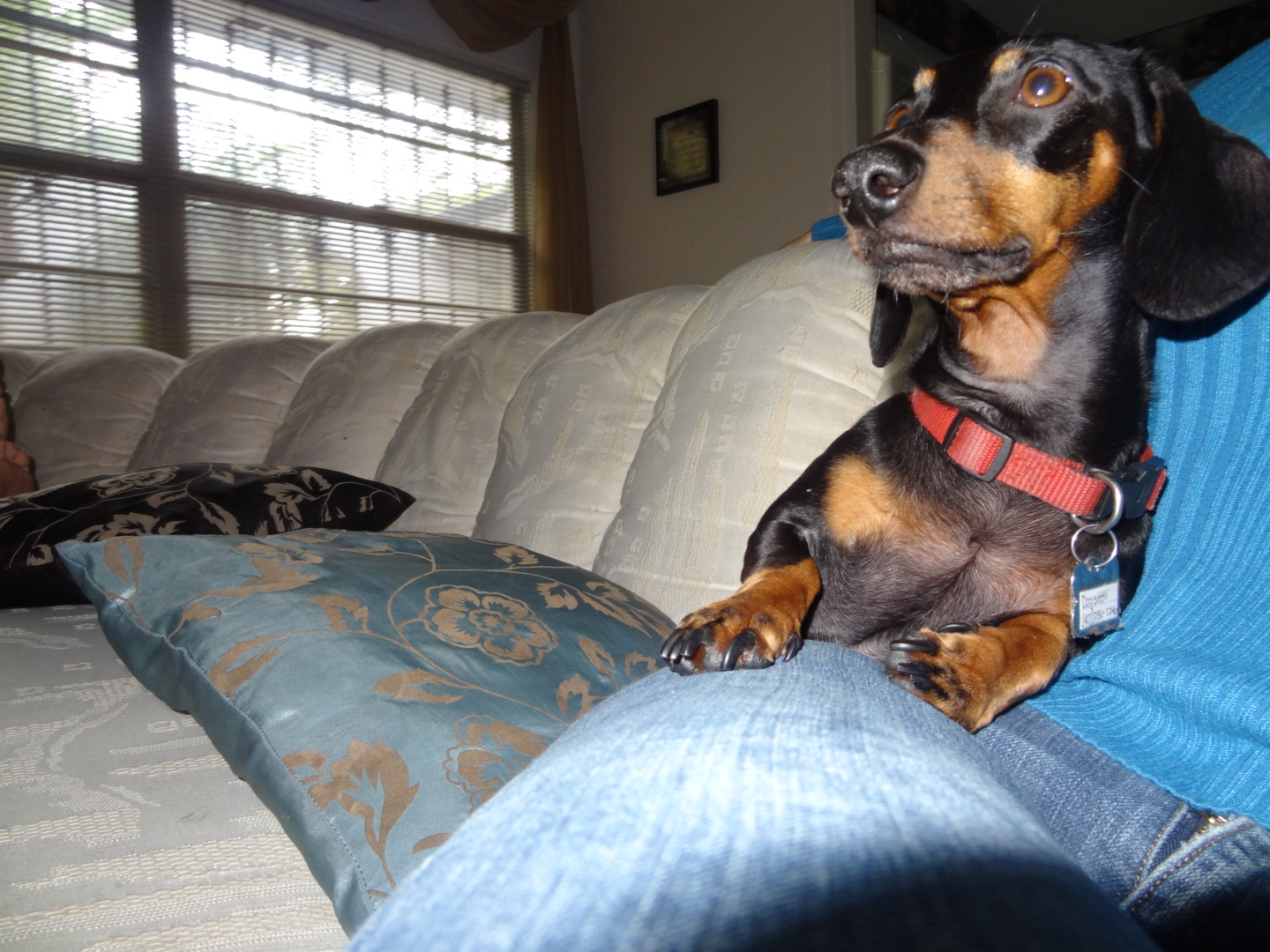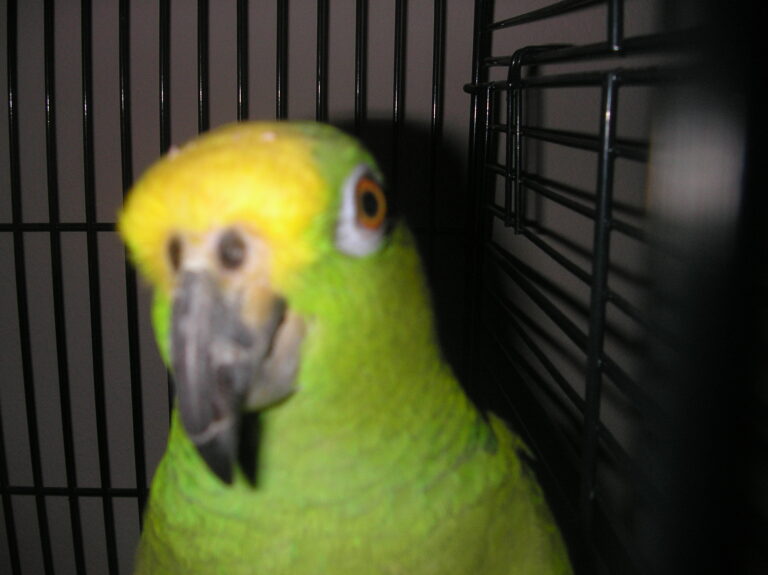Why are Dachshunds associated with hotdogs?



Dachshunds, often lovingly nicknamed “wiener dogs” or “sausage dogs,” carry an amusing connection to hotdogs, owed to their distinctive physique. The moniker “Dachshund” stems from the German words “Dachs” (denoting badger) and “Hund” (signifying dog).
The Dachshund’s history is a fascinating journey that traces back to its origins as a skilled hunter in 16th-century Germany. The moniker “Dachshund” itself is derived from the German words “Dachs,” meaning badger, and “Hund,” meaning dog. Bred with a purpose, Dachshunds were specifically designed to hunt small game like badgers, foxes, and rabbits that sought refuge in underground burrows. Their elongated body and short legs made them exceptionally well-suited for traversing tight spaces with agility, a trait critical for their hunting prowess.
The breed’s early years saw Dachshunds prized for their tenacity, courage, and ability to track and flush out game. Their sense of smell, determination, and unwavering spirit made them invaluable to hunters. Over time, their roles expanded beyond the hunting field, winning them a place in families as cherished companions.
Dachshunds’ adaptability was further evident as they were bred into various sizes and coat types to suit different hunting needs. Smooth, longhaired, and wirehaired coats each brought specific advantages. The smooth coat facilitated burrow navigation, the longhaired coat provided warmth during cold hunts, and the wirehaired coat offered protection in rugged terrains.
Challenges and Resurgence:
The breed faced adversity during World War I and World War II due to its German heritage. Despite these challenges, dedicated enthusiasts across the globe worked diligently to preserve the Dachshund’s legacy. Their efforts ensured that this charming breed continued to thrive and make its mark beyond the hunting grounds.
The Dachshund’s elongated body and abbreviated legs evoke playful comparisons to cylindrical meat products like hotdogs and sausages. This light-hearted parallel has led to the amusing and affectionate association between Dachshunds and the world of hotdogs, whimsically underscoring their unique physical structure.
Gradually, this association has metamorphosed into a cultural phenomenon, leading to Dachshunds donning costumes or gracing artwork as miniature hotdogs. The image of a Dachshund nestled within a hotdog bun has evolved into an emblematic representation of the breed’s idiosyncratic appearance. Consequently, this portrayal contributes significantly to the Dachshund’s reputation for being both playful and endearing.
The Dachshund’s distinct countenance and its jocular affiliation with hotdogs have catapulted them into the realm of beloved and instantly recognizable breeds worldwide. Their elongated silhouette coupled with diminutive legs distinguishes them even in the most crowded of spaces, often eliciting admiration and chuckles from onlookers.
This playful analogy isn’t confined to casual conversations; it has embedded itself in various forms of media and popular culture. Dachshunds find themselves featured in cartoons, advertisements, movies, and social media, engaging in scenarios that playfully riff off their hotdog-esque visage. Furthermore, the sight of Dachshunds bedecked as hotdogs during costume events and parades has become a customary spectacle, enhancing their allure and entertainment quotient.
The hotdog connection has even found its way into merchandise and consumer products. An array of Dachshund-themed items, from plush toys to keychains and mugs, depict them as charming hotdogs or incorporate hotdog-themed imagery. This whimsical portrayal has augmented their popularity, capturing the hearts of individuals spanning all age groups.
Beyond their comic exterior, Dachshunds are renowned for their vivacious and inquisitive personalities. Their affectionate and loyal disposition, coupled with an intrepid spirit, renders them exceptional companions and cherished family members. Their intelligence and determination not only facilitated their role as adept hunters but also transformed them into enthusiastic participants in diverse canine sports and activities.
However, it’s imperative to recognize that while the hotdog correlation is delightful and light-hearted, Dachshunds, like all canine breeds, warrant respect and attentive care. Each breed comes with specific requirements, necessitating appropriate training, socialization, and exercise to guarantee their well-being. When contemplating the adoption of a Dachshund or any other breed, comprehensive research into their traits and necessities is indispensable to ascertain their compatibility with your lifestyle while guaranteeing them the care they deserve.
Dachshunds can indeed be good companions for kids, but several factors come into play to ensure a harmonious and safe relationship. These factors encompass the Dachshund’s temperament, socialization, the children’s behavior, and the overall environment they are raised in.
Dachshunds are known for their loyalty and affection toward their families, including children. Their playful and energetic nature can make them engaging playmates for kids who are taught to interact respectfully and considerately. Dachshunds often form strong bonds with their human family members, and this includes children. Their small size and sturdy build can make them appear like excellent playmates for children, particularly those who are old enough to understand how to treat a dog gently.
Early socialization plays a pivotal role in determining how Dachshunds interact with children. Exposing them to various situations, people of all ages, and different environments from a young age helps build their confidence and adaptability. Socialized Dachshunds are more likely to be comfortable and at ease around children, making positive interactions more likely.
However, interactions between any dog breed and children should always be supervised. While Dachshunds generally have a friendly demeanor, their reactions to different stimuli can vary. Teaching children how to approach dogs calmly, avoid sudden movements, and respect their personal space is essential. Additionally, recognizing a dog’s body language and signs of discomfort is crucial for preventing any potential negative interactions.
Dachshunds have delicate bodies and long backs, making them more prone to back injuries. Therefore, it’s crucial to teach children how to handle them gently and with care. This involves avoiding rough play, not allowing them to jump from heights, and holding them properly to avoid putting strain on their backs.
Basic training can significantly contribute to positive interactions between Dachshunds and children. Teaching commands like “sit,” “stay,” and “leave it” not only enhances the dog’s obedience but also provides a structure for interactions. This way, children can engage in activities with the dog while maintaining control and ensuring safety for both parties.
Ultimately, creating a positive and safe environment for interactions is vital. Rewarding good behavior and fostering positive experiences will build trust between Dachshunds and children. Proper supervision and guidance from adults are key in ensuring that interactions are respectful, gentle, and enjoyable for both the dog and the child.
Caring for Dachshunds involves meeting their unique needs to ensure a happy and healthy life. Here are some important care considerations: Exercise: Despite their size, Dachshunds require regular exercise to maintain their physical and mental well-being. Daily walks, playtime, and interactive games are important to prevent boredom and maintain their weight. Training: Dachshunds are intelligent dogs that respond well to positive reinforcement training methods. Early and consistent training is crucial to establish good behavior, prevent unwanted habits, and strengthen the bond between you and your dog. Socialization: Proper socialization from a young age is essential to help Dachshunds become well-adjusted around people, other dogs, and different environments. This helps prevent fear-based behaviors and aggression. Grooming: Dachshunds come in three coat types—smooth, longhaired, and wirehaired—each with its own grooming needs. Regular brushing, nail trimming, and dental care are essential. Pay particular attention to their ears to prevent ear infections. Healthcare: Like all breeds, Dachshunds have certain health considerations. Due to their elongated bodies, they are prone to back problems such as intervertebral disc disease. Maintaining a healthy weight, providing proper support (e.g., using ramps instead of allowing them to jump), and regular veterinary check-ups are crucial. Nutrition: Providing a balanced and appropriate diet is essential for Dachshunds’ overall health and well-being. Their feeding requirements may vary based on age, size, activity level, and health status. Attention and Affection: Dachshunds thrive on human interaction and companionship. Spending quality time with your Dachshund through play, cuddling, and training sessions enhances their overall happiness and strengthens the bond you share. By understanding the temperament of Dachshunds and meeting their specific care needs, you can provide them with a fulfilling and joyful life. From playtime to grooming and healthcare, a well-rounded approach ensures that your Dachshund’s unique traits shine while keeping them healthy and content.
In conclusion, the whimsical connection between Dachshunds and hotdogs has evolved beyond a mere amusement, transforming into a multifaceted emblem of charm that beautifully encapsulates their distinctive physique and lovable character. This playful analogy has woven itself into the very fabric of the Dachshund’s identity, leaving an indelible mark on cultural conversations, artistic expressions, and even everyday products. This endearing comparison, replete with its jovial undertones, serves as a delightful gateway into the breed’s world, setting the stage for a deeper exploration of their captivating attributes.
Beneath their comically elongated bodies and the lighthearted hotdog reference lies a breed that embodies loyalty, intelligence, and an unwavering affection for their human companions. The Dachshund’s engaging personality extends far beyond their endearing appearance, making them cherished members of households across the globe. Their lively spirit and curious nature infuse a sense of adventure into daily life, as they eagerly explore the world around them with an inquisitive and spirited disposition.
While their hotdog connection serves as a charming introduction, prospective Dachshund parents should bear in mind the responsibilities that come with this companionship. As with any breed, Dachshunds require dedicated care, including proper training, socialization, exercise, and attention to their specific health needs. This journey of caregiving and mutual understanding forms the true essence of the bond, as you embark on a heartwarming adventure that unfolds in shared moments of play, cuddles, and everyday joys.
Embracing the Dachshund’s hotdog connection is merely the beginning of a captivating tale that transcends the initial amusement, leading to a profound and rewarding relationship. Their hotdog-like physique becomes a starting point, an icebreaker to a narrative enriched by their loyalty, playfulness, and distinctive presence. As you open your heart to this delightful breed, you open the door to a lifelong companionship that promises laughter, love, and a shared journey filled with the joy of discovering life’s treasures together. So, as you savor the appetizer of their hotdog association, prepare to indulge in the sumptuous banquet of companionship that the Dachshund offers, enriching your life with their undeniable charm and heartfelt devotion.







